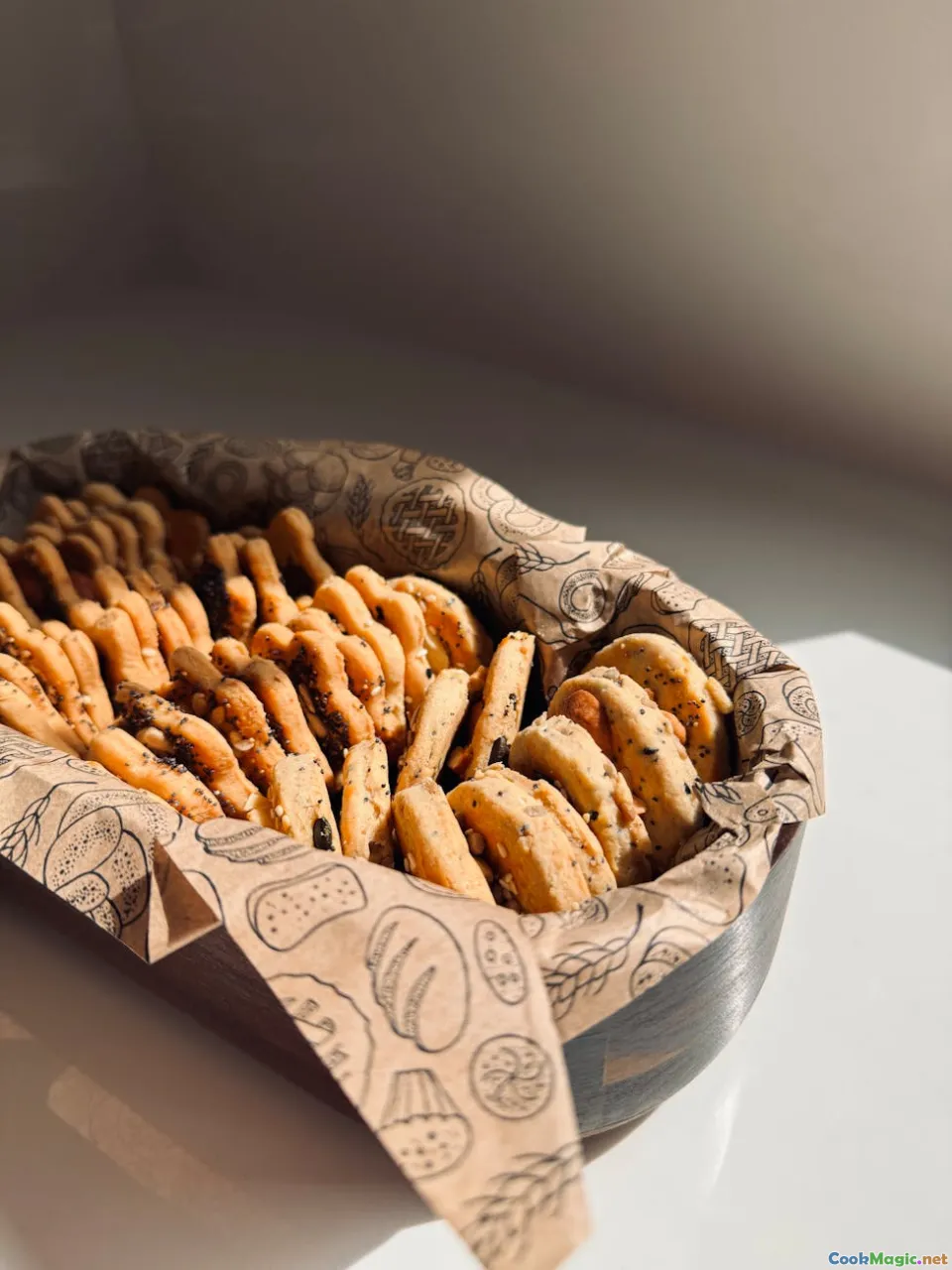Cooking Through a Pandemic Nourishing Myself and Others
8 min read A heartfelt journey through pandemic cooking, exploring how food became a source of comfort, connection, and resilience during challenging times. May 18, 2025 21:00
Cooking Through a Pandemic: Nourishing Myself and Others
Introduction: The Unexpected Kitchen Sanctuary
There’s a certain paradox in how a global crisis can turn everyday spaces into sanctuaries. When the world outside seemed to halt—streets empty, shops shuttered, and uncertainty loomed—the kitchen emerged as both a refuge and a battlefield. I still remember the first week of lockdown vividly: the shelves emptied faster than I could blink, and suddenly, my usual routine of dining out or grabbing takeout was replaced by long hours in the kitchen. What began as necessity soon blossomed into a profound journey of discovery—one where cooking became a means of survival, self-care, and connection.
In this article, I invite you to journey with me through those months of pandemic cooking—an experience that transformed my relationship with food from convenience to a powerful act of nourishment, both physical and emotional. From rediscovering family recipes to experimenting with new cuisines, each dish carried a story, a memory, or a hope.
The Cultural Tapestry of Food in Isolation
Rediscovering Roots
During the pandemic, many of us turned inward—toward our roots, our heritage, and our families’ traditions. For me, that meant reviving my grandmother’s recipe box, filled with hand-written notes and timeworn index cards. I spent afternoons kneading dough for her beloved bread, the aroma of fresh yeast and warm flour filling my small apartment like a nostalgic embrace.
This act was more than cooking; it was a reclaiming of identity and history. Each bite transported me to my childhood kitchen, where the scent of garlic and simmering tomatoes was a constant reassurance. Food, in this context, became a bridge connecting generations and cultures, reminding us that even in isolation, we are part of a larger, enduring story.
Cultural Fusion in Quarantine
With global borders effectively closed, my curiosity about world cuisines intensified. I began experimenting with dishes from distant lands—spicy Indian curries, fragrant Thai salads, hearty Italian pastas—all within my limited pantry. These culinary adventures not only expanded my palate but also fostered a sense of global unity, a reminder that food is a universal language.
One memorable evening, I crafted a Moroccan tagine using the few ingredients I had—dried apricots, cumin, preserved lemon. The slow simmer released a symphony of smells—earthy, sweet, tangy—that filled my apartment with warmth. Sharing these dishes over virtual dinners with friends became a ritual, a way to connect across miles and screens.
The Emotional Power of Cooking
Nourishing the Body and Soul
Cooking during the pandemic was as much about emotional sustenance as physical nourishment. I found that the act of chopping vegetables, stirring stews, or baking bread provided a meditative rhythm, grounding me amidst chaos. The tactile experience of kneading dough, feeling its elasticity, and watching it rise became a symbol of hope and resilience.
Comfort Foods and Personal Rituals
Certain dishes became my comfort anchors—rich lasagnas, steaming bowls of ramen, and sweet, flaky croissants. Preparing these foods became a personal ritual, a way to nurture myself during lonely days. The smell of freshly baked bread or simmering broth had a remarkable ability to lift spirits, turning moments of despair into opportunities for renewal.
Cooking as Connection
Beyond self-care, cooking was a way to connect with others. I started sharing meal photos, recipes, and virtual cooking classes. These exchanges created a sense of community, reminding us that even miles apart, we could nourish each other through shared culinary experiences.
Personal Anecdotes: From Panic to Pleasure
The Flour Frenzy
One of the most memorable shortages was flour. Suddenly, baking bread became a communal quest. I remember the first loaf I baked—its crust golden and crackling, the interior soft and airy. The act of kneading dough was therapeutic, a physical reminder that I could create something tangible amid uncertainty.
The Discovery of Fermentation
I also delved into fermentation—making yogurt, sourdough starters, and pickles. Watching these processes unfold over days was a lesson in patience and resilience. The tangy flavor of homemade yogurt or the sourdough's bubbly crust became symbols of my perseverance.
Sharing to Nourish Others
Cooking for loved ones, even if only virtually, became a vital part of my routine. Sending care packages with homemade cookies or hearty soups fostered connection and showed that care could be expressed through food, even from afar.
Lessons Learned and Lasting Changes
Food as a Form of Resilience
The pandemic taught me that food is more than sustenance; it’s a form of resilience. It can comfort, connect, and heal. In times of crisis, cooking became a way to reclaim control, to nurture my body and spirit.
Embracing Simplicity
With limited resources, I learned to embrace simplicity—using what I had, improvising, and appreciating the beauty in humble ingredients. This mindset has persisted, encouraging me to cook more mindfully and sustainably.
The Power of Sharing
Sharing food—whether through recipes, meals, or stories—reminds us that we are interconnected. The bonds forged over a shared dish are enduring, transcending physical distance and reminding us of our collective strength.
Conclusion: A Newfound Appreciation
Looking back, those months of pandemic cooking were transformative. They reshaped my understanding of nourishment, emphasizing that food is a vessel of love, resilience, and hope. In a world turned upside down, I found stability in my kitchen, nourishing myself and others with every stir, chop, and bake.
As we slowly emerge from these challenging times, I carry with me a renewed appreciation for the humble act of cooking. It is, after all, an act of kindness—toward ourselves and those we hold dear. Through this shared journey, I’ve learned that even in the darkest of times, the simple act of preparing food can light a path toward healing and connection.
Let us continue to cook, nourish, and connect—one meal at a time.









